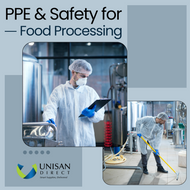14th Feb 2024
In the world of food processing, ensuring safety and hygiene are imperative to ensure quality products! Personal Protective Equipment (PPE) protects both the wearer of the equipment and the consumer!
When choosing PPE, the risks must be evaluated. Some common risks for Food Processing are physical, chemical, and biological risks. Physical risks are any hazards that can cause direct accidents or injuries to the user. Chemical Risks are accidents that can happen when handling toxic, dangerous, or irritative substances. Biochemical risks are associated with viruses, cross-contamination, and other pathogens that are particularly hazardous in food production for the worker and the end user!
Selecting Personal Protective Equipment (PPE) for food processing involves evaluating potential hazards. Conduct a risk assessment to determine potential hazards and risk levels in the work environment. Based on this, choose appropriate PPE that protects against common hazards or risks, and adhere to safety regulations from OSHA or the FDA. Ensure employees are trained on proper PPE usage and maintenance, regularly evaluate PPE effectiveness, and maintain hygiene standards by cleaning and sanitizing PPE regularly.
Types of Personal Protective Equipment (PPE):
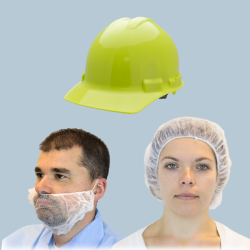 | Head Protection & Hair Restraints:
|
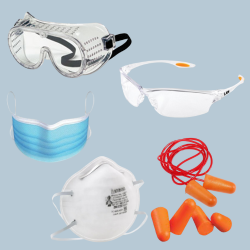 | Eye, Hearing, and Respiratory Protection:
|
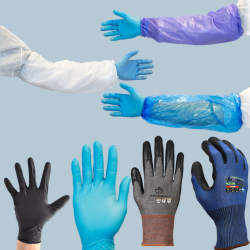 | Hand & Arm Protection:
|
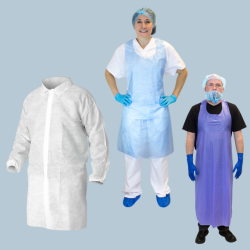 | Body & Clothing Protection:
|
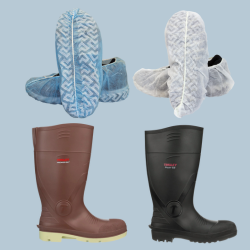 | Foot Protection:
|
